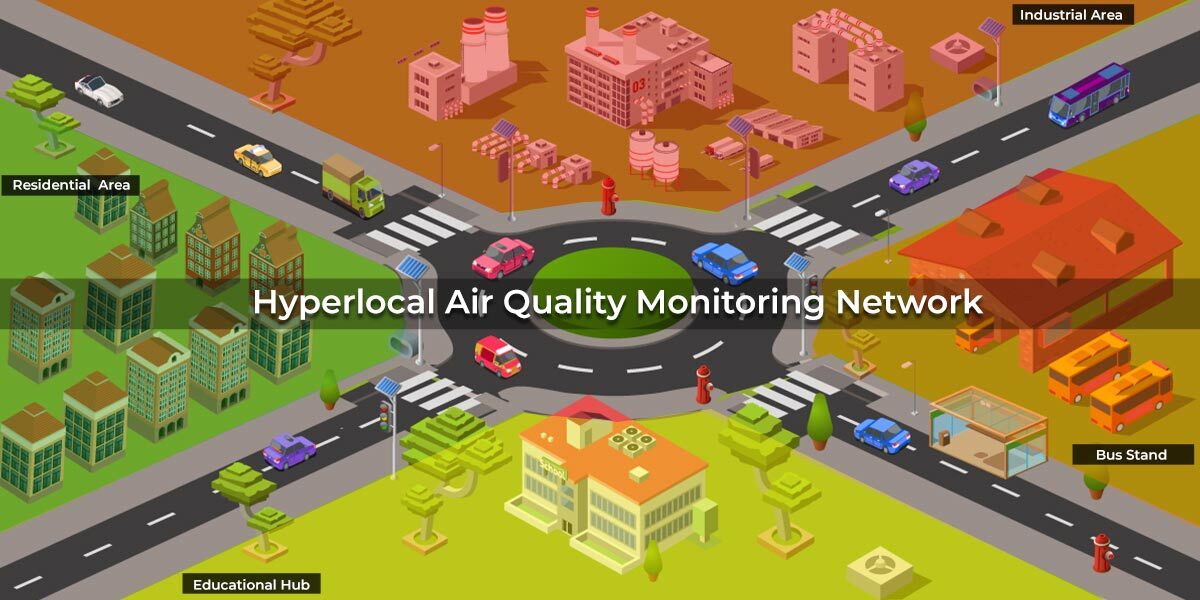Photocatalytic Water Purification
Photocatalytic Water Purification
Synthetic Biology
Using light-activated catalysts to purify contaminated water efficiently.
The process of using light-activated catalysts to purify contaminated water efficiently involves several key components and mechanisms. At its core, this technology leverages the ability of certain materials, known as photocatalysts, to initiate chemical reactions when exposed to light. These photocatalysts can be activated by various light sources, including ultraviolet (UV) light, visible light, or even near-infrared radiation, depending on their specific properties.The most commonly used photocatalysts for water purification are titanium dioxide (TiO2) and zinc oxide (ZnO), due to their strong oxidizing capabilities, stability, and ability to be activated by UV light. When these photocatalysts are exposed to light of a suitable wavelength, they generate electron-hole pairs. The holes can react with water molecules to form hydroxyl radicals (.OH), which are highly reactive and capable of degrading a wide range of organic pollutants. Meanwhile, the electrons can reduce metal ions or other species, contributing to the detoxification of the water.The efficiency of photocatalytic water purification can be influenced by several factors, including the type and intensity of the light source, the surface area and morphology of the photocatalyst, the presence of oxygen or other electron acceptors, and the initial concentration and types of contaminants. To enhance the efficiency, various strategies have been employed, such as doping the photocatalysts with metals or non-metals to extend their light absorption range, loading them onto high-surface-area supports to increase their dispersion and stability, and designing heterostructured photocatalysts to improve charge separation and transfer.In practical applications, photocatalytic water purification systems can be designed in various configurations, including slurry reactors, immobilized photocatalyst reactors, and photocatalytic membranes. Each configuration has its advantages and challenges. For instance, slurry reactors can offer high photocatalyst loading and easy scalability but may require complex separation processes to recover the photocatalyst. Immobilized photocatalyst reactors and photocatalytic membranes, on the other hand, can simplify the separation and recovery but may suffer from reduced photocatalyst loading and potential fouling issues. Despite these challenges, the use of light-activated catalysts represents a promising approach for the efficient and sustainable purification of contaminated water, offering the potential for the degradation of a wide range of pollutants under mild conditions.
Drinking water treatment: Light-activated catalysts can be used to remove contaminants and pollutants from drinking water, making it safe for human consumption.
Wastewater treatment: This technology can be applied to treat industrial and municipal wastewater, reducing the environmental impact of pollutants and contaminants.
Environmental remediation: Light-activated catalysts can be used to clean up contaminated soil and groundwater by breaking down pollutants and toxins.
Industrial processes: This technology can be integrated into industrial processes to treat water used in manufacturing, reducing the environmental footprint of industries.
Disaster relief: Portable light-activated catalyst systems can be used to quickly purify water in emergency situations, providing clean drinking water for affected communities.
Rural and remote communities: This technology can provide a sustainable and efficient solution for water purification in rural and remote communities, improving access to clean drinking water.
Aquaculture: Light-activated catalysts can be used to maintain water quality in aquaculture systems, reducing the risk of disease and improving the health of aquatic animals.
Pharmaceutical and medical applications: This technology can be used to remove contaminants and pollutants from water used in pharmaceutical and medical applications, ensuring the production of high-quality water.

World Economic Forum
Audio and visual technology
View Patent
